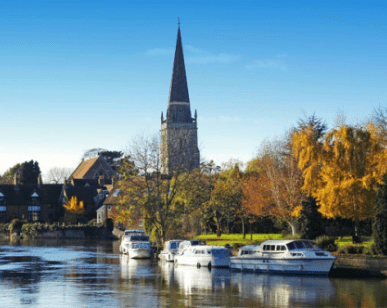A trust is an obligation that binds a trustee, an individual or a company to deal with the assets such as land, money and shares which form part of the trust. The person who puts assets into a trust is known as a settlor and the trust is for the benefit of one or more ‘beneficiaries’. The trustees make decisions regarding how the assets in a trust are to be managed, transferred or held back for the future use of the beneficiaries.
IHT planning can involve the careful use of trusts. There are a number of trusts which are subject to different tax rules. The main types are bare trusts, discretionary trusts, interest in possession trusts and mixed trusts.
One of the most widely used, and as the name suggests, most basic kind of trust is a bare trust. These trusts are also known as simple trusts or naked trusts. Under a bare trust, each beneficiary has an immediate and absolute title to both capital and income. The beneficiary of a bare trust is taxable on the trust income and gains.
HMRC’s guidance states that beneficiaries must include trust income and gains in any tax return they are required to complete or in any forms R40. The trustees of a bare trust may pay the tax due to HMRC on behalf of a beneficiary, but it is the beneficiary who is strictly chargeable to tax.
There are key differences between a bare trust and other types of trusts that are beyond the scope of this article.


